Are Smart Phones As Good As Digital Cameras ?
Smartphones have made significant advancements in camera technology over the years, and many of them now offer high-quality cameras that can rival dedicated digital cameras in certain situations. However, it is important to note that there are still some key differences between the two. Digital cameras typically have larger sensors, which allow for better image quality, especially in low-light conditions. They also offer more manual controls and interchangeable lenses, giving photographers greater flexibility and creative control. On the other hand, smartphones are more convenient and portable, with the added benefit of instant sharing and editing capabilities. Ultimately, the choice between a smartphone and a digital camera depends on individual needs and preferences, as well as the specific use case.
1、 Image quality: Smartphones closing the gap with digital cameras.
Image quality: Smartphones closing the gap with digital cameras.
In recent years, smartphones have made significant advancements in their camera technology, to the point where they are now capable of producing image quality that is comparable to that of digital cameras. While digital cameras still hold an edge in certain aspects, such as low-light performance and zoom capabilities, smartphones have made remarkable progress in closing the gap.
One of the main factors contributing to the improved image quality of smartphones is the development of larger and more advanced image sensors. Many flagship smartphones now feature sensors with high megapixel counts, allowing for greater detail and clarity in photos. Additionally, smartphone manufacturers have invested in improving the image processing algorithms, resulting in better color accuracy and dynamic range.
Another area where smartphones have made significant strides is in low-light photography. With the introduction of larger pixel sizes and advanced noise reduction algorithms, smartphones are now capable of capturing impressive images in challenging lighting conditions. While digital cameras still excel in this area, smartphones have certainly narrowed the gap.
Furthermore, the convenience and portability of smartphones cannot be overlooked. With a smartphone, you always have a high-quality camera in your pocket, ready to capture any moment. This accessibility has made smartphones the go-to choice for many casual photographers and social media enthusiasts.
However, it is important to note that digital cameras still have their advantages. They offer more manual control over settings, allowing photographers to have greater creative freedom. Additionally, digital cameras typically have larger lenses and sensors, which result in better image quality, especially in professional photography.
In conclusion, while digital cameras still hold certain advantages, smartphones have made remarkable progress in closing the gap in terms of image quality. With advancements in sensor technology, image processing algorithms, and low-light performance, smartphones are now capable of producing stunning images that rival those captured by digital cameras. The convenience and portability of smartphones also make them a popular choice for everyday photography. As technology continues to evolve, it will be interesting to see how smartphones further bridge the gap with digital cameras.

2、 Convenience: Smartphones surpassing digital cameras in ease of use.
Convenience: Smartphones surpassing digital cameras in ease of use.
In recent years, smartphones have become increasingly popular as the go-to device for capturing and sharing photos. With their advanced camera capabilities and user-friendly interfaces, smartphones have surpassed digital cameras in terms of convenience and ease of use.
One of the main advantages of smartphones is their portability. Unlike digital cameras, which often require a separate bag or case, smartphones can be easily carried in our pockets or purses, allowing us to capture moments on the go. This portability factor has made smartphones the preferred choice for spontaneous photography, as we always have our devices readily available.
Moreover, smartphones offer a seamless integration of camera and editing tools. With a few taps on the screen, we can instantly adjust exposure, apply filters, and crop images. This eliminates the need for transferring photos to a computer and using complex editing software, making the entire process much more efficient.
Additionally, smartphones have seen significant advancements in camera technology. Many flagship smartphones now boast high-resolution sensors, multiple lenses, and advanced image stabilization, rivaling the capabilities of dedicated digital cameras. This means that we can capture professional-quality photos without the need for additional equipment.
Furthermore, smartphones have revolutionized the way we share our photos. With built-in internet connectivity and social media integration, we can instantly upload and share our images with friends and family around the world. This instantaneous sharing feature has made smartphones the preferred choice for capturing and documenting our daily lives.
However, it is important to note that while smartphones have made significant strides in camera technology, they still have limitations compared to dedicated digital cameras. Digital cameras often offer superior image quality, especially in low-light conditions, and provide more manual control options for advanced photographers.
In conclusion, smartphones have surpassed digital cameras in terms of convenience and ease of use. Their portability, integrated editing tools, and seamless sharing capabilities make them the preferred choice for everyday photography. However, for those seeking the highest image quality and advanced control options, dedicated digital cameras still hold an edge.

3、 Portability: Smartphones outshining digital cameras in compactness.
Portability: Smartphones outshining digital cameras in compactness.
In terms of portability, it is undeniable that smartphones have outshined digital cameras. Smartphones are compact and lightweight, making them extremely convenient to carry around. They easily fit into pockets or small bags, allowing users to capture moments on the go without the need for additional equipment.
Digital cameras, on the other hand, are bulkier and require a separate bag or case for transportation. They often come with additional lenses, batteries, and other accessories, which further adds to their size and weight. This can be a hassle for those who prefer to travel light or want to capture spontaneous moments without the burden of carrying extra gear.
Moreover, smartphones have the advantage of being an all-in-one device. They not only serve as a camera but also offer various other functionalities such as calling, messaging, internet browsing, and social media access. This versatility eliminates the need to carry multiple devices, making smartphones the preferred choice for many.
However, it is important to note that while smartphones excel in portability, they may not match the image quality and advanced features offered by dedicated digital cameras. Digital cameras often have larger sensors, better lenses, and more manual controls, allowing for greater control over the final image. They also offer features like optical zoom, image stabilization, and RAW file format support, which are not commonly found in smartphones.
In recent years, smartphone manufacturers have made significant advancements in camera technology, with some flagship models boasting multiple lenses, larger sensors, and computational photography capabilities. These improvements have narrowed the gap between smartphones and digital cameras in terms of image quality and functionality.
In conclusion, while smartphones have surpassed digital cameras in terms of portability, they may still fall short in terms of image quality and advanced features. However, with the rapid advancements in smartphone camera technology, it is safe to say that they are becoming increasingly comparable to digital cameras, and for many casual photographers, smartphones are now the go-to choice for capturing everyday moments.
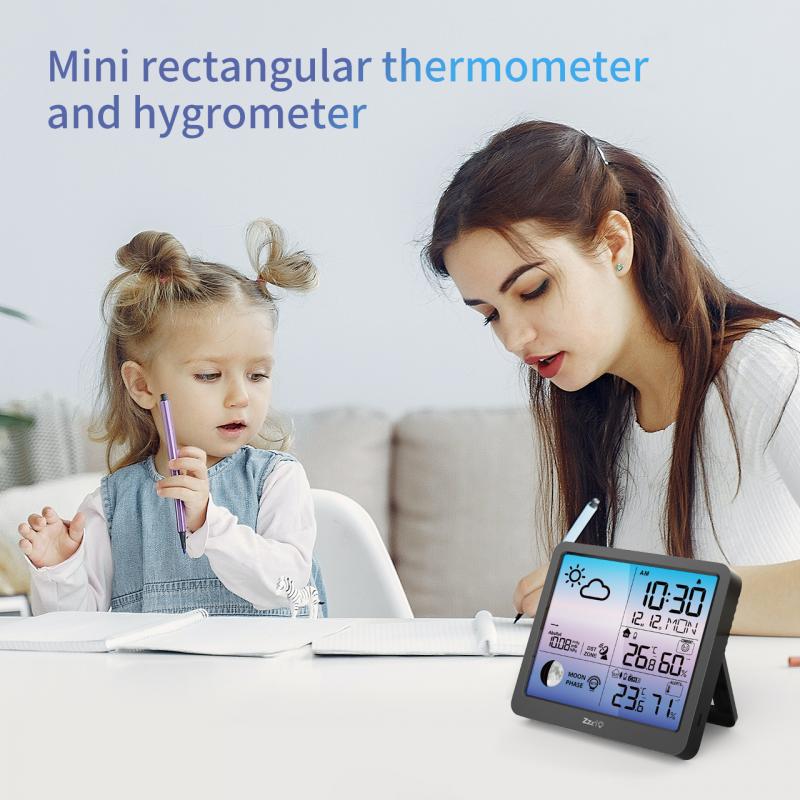
4、 Connectivity: Smartphones offering superior sharing and online capabilities.
Smartphones have undoubtedly revolutionized the way we capture and share moments. With their advanced technology and connectivity features, they have become a popular choice for photography enthusiasts. While digital cameras still hold their ground in terms of image quality and professional features, smartphones have made significant strides in bridging the gap.
Connectivity is one area where smartphones excel, offering superior sharing and online capabilities. With built-in Wi-Fi and cellular data, users can instantly upload their photos to social media platforms, cloud storage, or share them with friends and family through messaging apps. This seamless integration with the digital world allows for immediate sharing and feedback, enhancing the overall photography experience.
Moreover, smartphones offer a wide range of editing and post-processing options through various apps. These apps provide users with the ability to enhance their photos, apply filters, and even create professional-looking images. The convenience of having these editing tools readily available on the same device used for capturing photos is a significant advantage over digital cameras.
Additionally, smartphones have made significant advancements in camera technology. Many flagship smartphones now boast multiple lenses, high megapixel counts, and advanced image stabilization features. These improvements have resulted in better image quality, especially in well-lit conditions. Some smartphones even offer features like night mode and portrait mode, which were previously exclusive to high-end digital cameras.
However, it is important to note that digital cameras still have their advantages. They offer larger sensors, better optical zoom capabilities, and more manual control options, allowing photographers to have greater control over their shots. Professional photographers and enthusiasts who prioritize image quality and versatility may still prefer using dedicated digital cameras.
In conclusion, while smartphones may not yet match the image quality and professional features of digital cameras, their superior connectivity and online capabilities make them a compelling choice for everyday photography. As technology continues to advance, smartphones are likely to bridge the gap further, offering an all-in-one solution for capturing, editing, and sharing photos.
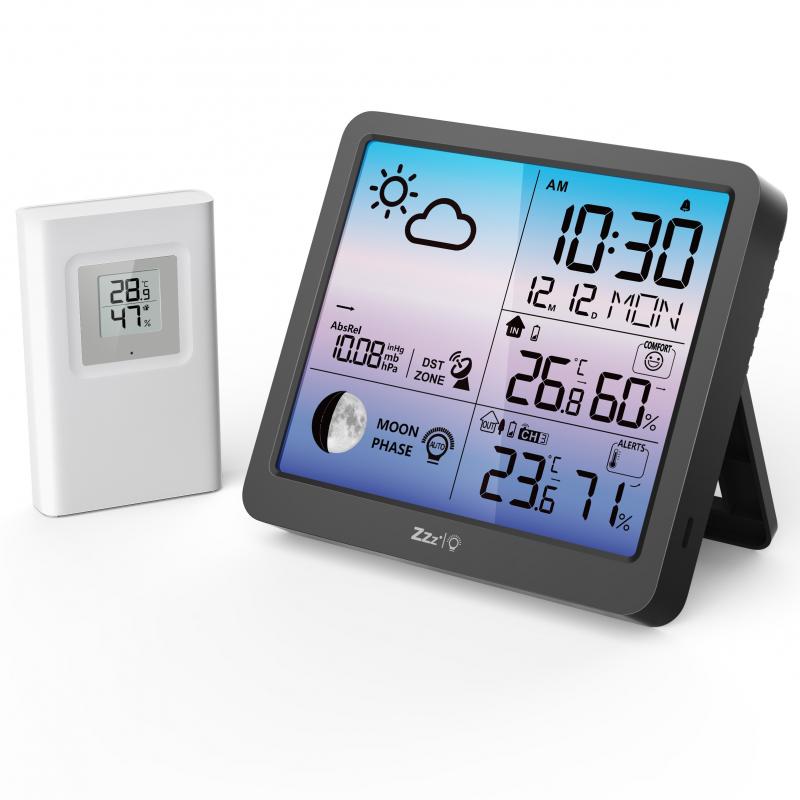






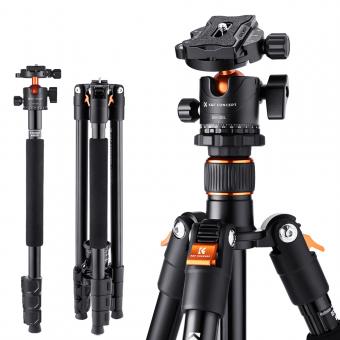
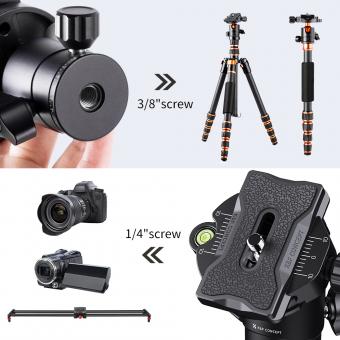
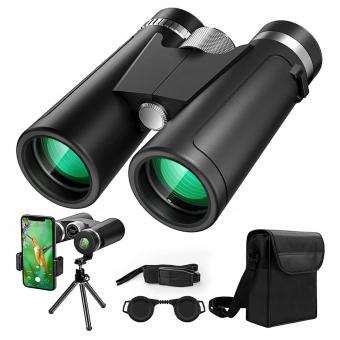
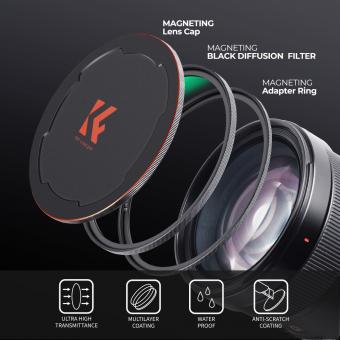

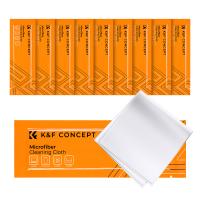
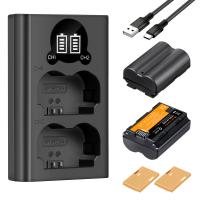

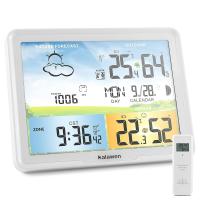

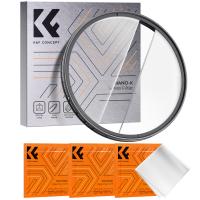
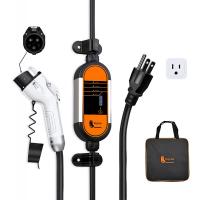
![Carbon Monoxide Detectors Portable Temperature Detector/Humidity Sensor/Air Quality Meter Smoke CO Gas Monitor [3 in 1] Alarm Carbon Monoxide Detectors Portable Temperature Detector/Humidity Sensor/Air Quality Meter Smoke CO Gas Monitor [3 in 1] Alarm](https://img.kentfaith.de/cache/catalog/products/de/GW40.0007/GW40.0007-1-200x200.jpg)

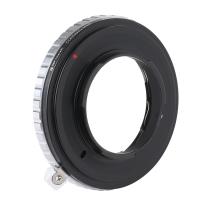


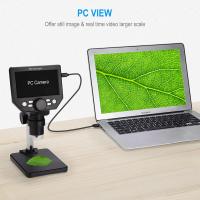
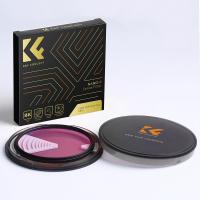

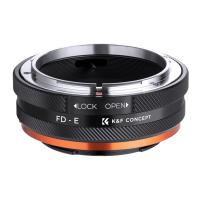

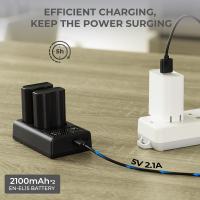
There are no comments for this blog.